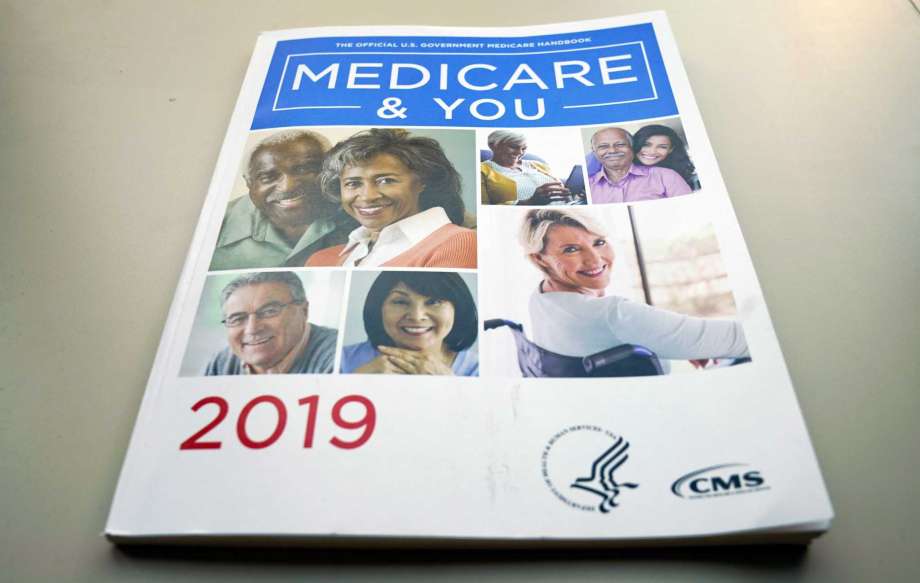By Jo Fielding
Director of Eastern PA Conference Pension and Health Benefits Office

Over the years the Eastern PA Conference Pension and Health Benefits Office has received numerous requests from clergy, age 65 and older, wishing to buy a Medicare Medigap or Medicare Advantage plan while still appointed to a local church. Up to this point we were unable to offer this alternative.
That is about to change!
In November, churches with fewer than 20 employees will receive a Small-Employer Exemption certificate form. This form should be completed and returned to the Benefits Office to begin the process with the Center for Medicare Services (CMS). This is not a quick process and could easily take several months to complete.
Once the church and has been approved by CMS, the Benefits Office will notify the church and its eligible, appointed clergy staff. The next step is for that clergy staff member to apply for Medicare Part B and meet with a Via Benefits representative to determine which Medicare Plan best suits their needs.

Via Benefits will guide the appointed clergy member right through enrollment. You are eligible for Medicare on the first of the month you turn 65. This plan will also be available to a clergy spouse who is 65 or older.
The cost for a Medicare-related plan is usually much less expensive than our HealthFlex plans. There are hundreds of plans on the retiree exchange, and you can choose anything from a zero premium advantage plan to a more expensive Supplemental Plan F.
To aid in that cost, the clergy member who is still actively appointed and enrolled in a Medicare Plan, or their spouse, will receive $4,000 in an HRA (Health Reimbursement Account). This benefit may be used to purchase a health care plan and/or pay for qualified health care claims. This HRA contribution replaces the premium credit that supported HealthFlex participants.
The over-65 age group will be removed from our claims pool, and the cost of the HRA is significantly lower than the cost for single premium credit. While churches will not immediately see a change in their cost for health care, we are hopeful that by making this change we can help stabilize the composite rate going forward.
